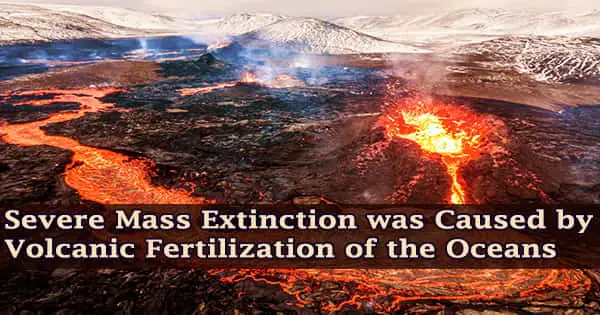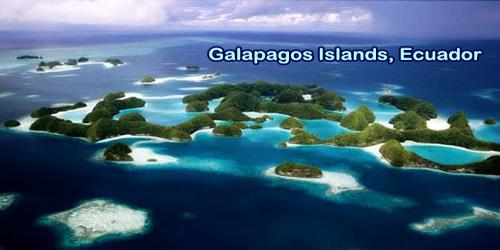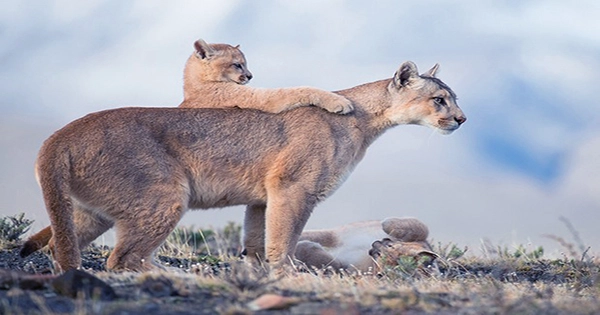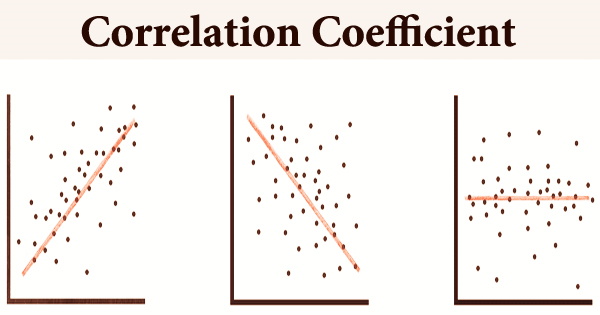A lake ecosystem, also known as a lacustrine ecosystem, is composed of biotic (living) plants, animals, and microorganisms, as well as abiotic (non-living) physical and chemical interactions. A lake ecosystem is a dynamic and complex system that comprises living species as well as their physical and chemical surroundings in a lake. Lake ecosystems are a good example of lentic ecosystems, which include ponds, lakes, and wetlands (lentic refers to stationary or relatively still waters, from the Latin lentus, which means “sluggish”), and much of this article applies to lentic ecosystems in general.
Lakes vary greatly in size, depth, and qualities, and as a result, their ecosystems are diversified. Lotic ecosystems, which include flowing terrestrial waters such as rivers and streams, are similar to lentic ecosystems. These two ecosystems are both examples of freshwater ecosystems.
Here are some key components of a lake ecosystem:
(1) Abiotic Components:
- Water: The physical and chemical properties of water play a crucial role. Temperature, pH, dissolved oxygen, and nutrient levels all influence the types of organisms that can thrive in a lake.
- Light: Sunlight is essential for photosynthesis, which is the primary source of energy for many aquatic plants and algae.
(2) Biotic Components:
- Producers: These are organisms that can produce their own food through photosynthesis. In lake ecosystems, producers include various types of algae and aquatic plants.
- Consumers: These are organisms that consume other organisms for energy. Consumers in a lake ecosystem can be classified into different trophic levels, such as herbivores (consumers of plants), carnivores (consumers of other animals), and omnivores (consumers of both plants and animals).
- Decomposers: Bacteria and fungi break down dead organic matter, returning nutrients to the ecosystem. Decomposers play a vital role in nutrient cycling.
(3) Trophic Levels:
- Primary Producers: Algae and aquatic plants are the primary producers, converting sunlight into energy through photosynthesis.
- Primary Consumers: Herbivores that feed on primary producers are the primary consumers.
- Secondary Consumers: Carnivores that feed on herbivores are the secondary consumers.
- Tertiary Consumers: Predators that feed on other carnivores are tertiary consumers.
(4) Human Impact: Pollutants can be introduced into lakes by human activities such as urbanization, agriculture, and industrial processes, altering water quality and ecosystem health. Overfishing and habitat loss can also have an impact on lake ecological equilibrium.
Understanding the connections between these components is critical for lake ecosystem management and conservation. Ecologists investigate these systems in order to assess their health, solve environmental concerns, and adopt plans for long-term usage and preservation.
















